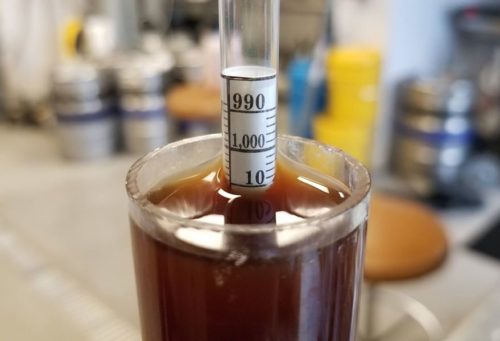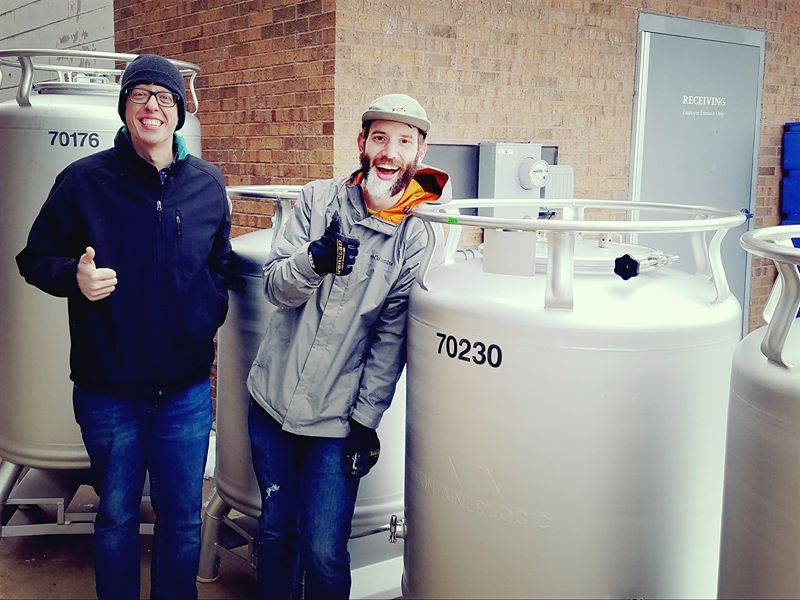
Learning about beer is like pulling a loose thread on a sweater; it isn’t until you start to pull at it that you realize how long the thread really is. I’ve been brewing at Newaygo for about two and a half years and the main thing I have learned is that there is always more to learn about beer and brewing!
The most recent thing that I have been learning about is water. Here in Newaygo we know how important water is: this is true for our leisure activities, our livelihood and, perhaps most importantly, for our beer.
Basically, if water tastes good to drink it can make decent beer. However, there is way more to it if you want to make great beer. Water holds all sorts of different minerals and properties that come into play when brewing. Of course you don’t want things like high levels of chlorine or a water that tastes strongly of iron or some other compound. But did you know that the ratio of chloride — a negatively charged ion formed when chlorine gas mixes with a metal — and sulfate — an ion with a sulfur atom in the middle surrounded by four oxygen atoms — in the brewing water plays a role in how you taste a beer? A beer with a higher ratio of chloride to sulfate is best for a maltier beer and a beer with a higher sulfate ratio helps bring out the flavors of hops.
And don’t even get me started on the different compounds in water necessary to make the yeast happy, how the pH of the water impacts how well the sugars are extracted from the grain, or how water high in alkalinity makes it more difficult to adjust the pH.
If this all sounds complicated, that’s because it is. No wonder a lot of brewers come from the world of biochemistry and other smart professions. Unfortunately, I was an English major who zoned out in chemistry class, so most of these words and ideas are new to me too!
Earlier this winter we got a water report from a lab in Coopersville and I have just started tinkering with our water profiles for beers, adding various salts to adjust the pH and chemical makeup of our water. Sometimes I mix in water from our Reverse Osmosis tank that is free from these compounds and add salts to make the water just how I want it.
The first beer that will be coming on tap where the water profile is significantly changed is the next batch of our Seven Cousins IPA that should be on tap next week. I have only tasted it out of the fermenter, but so far it does seem to have a slightly lighter body and the hop flavors really pop out. Join us in the taproom soon, see if you can pick out the differences, and buckle in as we all continue to learn about beer together.
Cheers!
Chad Cramblet
3/5/19


